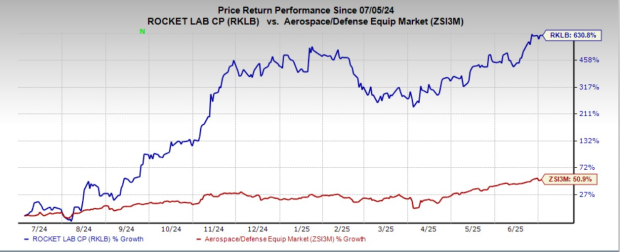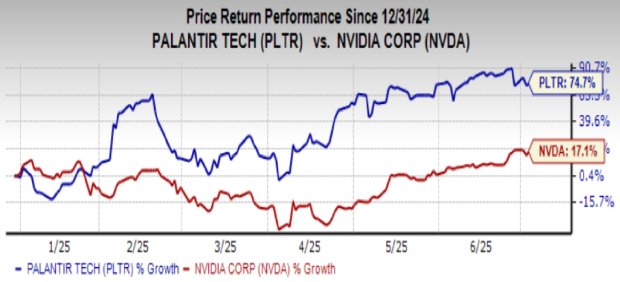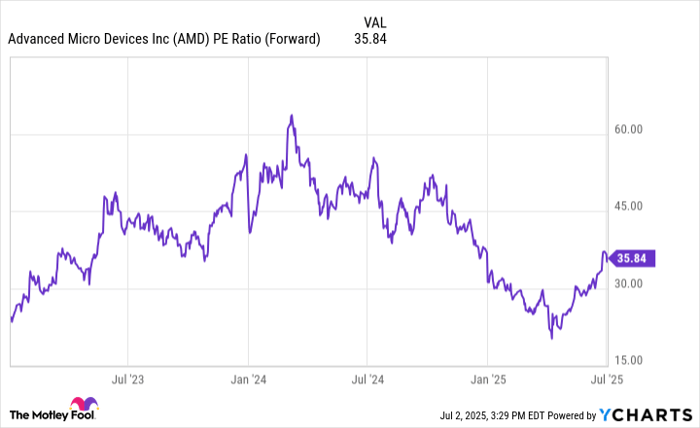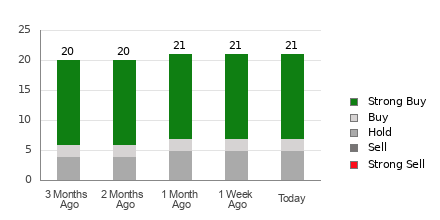First Solar’s Growth and Challenges in the Solar Market
First Solar (NASDAQ: FSLR) is positioning itself as a leader in the solar market, fueled by a robust balance sheet and profitable operations. The company specializes in thin-film solar panels aimed at maximizing energy output, making them the preferred choice for utility-scale solar projects. Currently, First Solar is undergoing significant expansion, particularly in the U.S., which is largely driven by government subsidies. With strategic investments in capacity and a solid contract pipeline extending through 2030, the company is poised to meet the growing demand for solar energy solutions.
Market Performance and Concerns
Despite its strong prospects, First Solar has a market capitalization of $15 billion but has seen a 21% decline in its value year-to-date. Investors must consider the company’s vulnerability to economic downturns, highlighted by the 2022 inflation shock crisis when its stock dropped approximately 25% within a few quarters. This historical precedent raises the possibility that First Solar’s current share price of $135 could fall to around $100 under similar market pressures. For those seeking more stable returns, the Trefis High-Quality Portfolio is a viable alternative, having outperformed the S&P 500 with returns exceeding 91% since inception.

Image by Michael Pointner from Pixabay
Economic Environment and Regulatory Risks
First Solar’s advanced cadmium telluride technology has solidified its market dominance, yet economic uncertainties in the U.S. present significant risks for investors. The company’s reliance on regulatory support, such as the Inflation Reduction Act (IRA), could greatly influence its profitability. First Solar has projected a FY 2025 operating income between $1.95 billion and $2.30 billion, factoring in expected benefits from the IRA. The anticipated production credits alone are expected to contribute between $1.65 billion and $1.7 billion to this guidance, underscoring the importance of government assistance in First Solar’s financial stability.
Additionally, clean energy stocks face pressure from inflation and evolving tax policies. Rising interest rates may further disturb the market, possibly slowing demand for solar products. Our macroeconomic analysis suggests these factors could push the U.S. economy into recession.
Ongoing global events, including the Ukraine-Russia conflict and shifting trade relationships under the previous administration, add layers of risk in an already precarious environment for investors.
Stock Resilience in Market Downturns
As investors hope for a stable U.S. economy, one question arises: What happens if another recession occurs? Our dashboard, “How Low Can Stocks Go During A Market Crash,” provides insights into how key stocks performed during and after recent market crashes.
Inflation Shock (2022)
- FSLR stock fell 24.1% from a high of $84.68 on January 7, 2022, to $64.24 on May 13, 2022, compared to a 25.4% decline for the S&P 500.
- The stock fully recovered to its pre-crisis peak by July 29, 2022.
- Since then, the stock reached a high of $300.71 on June 12, 2024 and currently trades at around $133.
COVID Pandemic (2020)
- FSLR stock dropped 49.1% from a high of $59.32 on February 20, 2020, to $30.20 on March 18, 2020, versus a 33.9% decline for the S&P 500.
- The stock fully recovered to its pre-crisis peak by July 14, 2020.
Wealth Preservation Strategies
Currently, First Solar’s valuation seems appealing, trading at about 11x last year’s earnings, a discount compared to its four-year historical average of 19x. However, this valuation may quickly lose its allure if IRA incentives are repealed. Despite a 27% year-over-year revenue increase last year, First Solar’s overall bookings fell by 13%, indicating potential weakness in expected module volume sold.
Investors should consider: Will you maintain your investment in First Solar if the stock retreats to $110, $100, or lower? Staying invested in a declining stock can be challenging. Trefis collaborates with Empirical Asset Management—a Boston-based wealth manager—whose asset allocation strategies generated positive returns during the 2008-09 financial crisis when the S&P lost over 40%. Empirical incorporates the Trefis HQ Portfolio into its asset allocation framework to provide clients with better returns and less volatility compared to the benchmark index.
| Returns | Mar 2025 MTD [1] |
2025 YTD [1] |
2017-25 Total [2] |
| FSLR Return | 2% | -25% | 334% |
| S&P 500 Return | -6% | -5% | 151% |
| Trefis Reinforced Value Portfolio | -4% | -5% | 643% |
[1] Returns as of 3/11/2025
[2] Cumulative total returns since the end of 2016
Invest with Trefis Market-Beating Portfolios
See all Trefis Price Estimates
The views and opinions expressed herein are those of the author and do not necessarily reflect those of Nasdaq, Inc.











